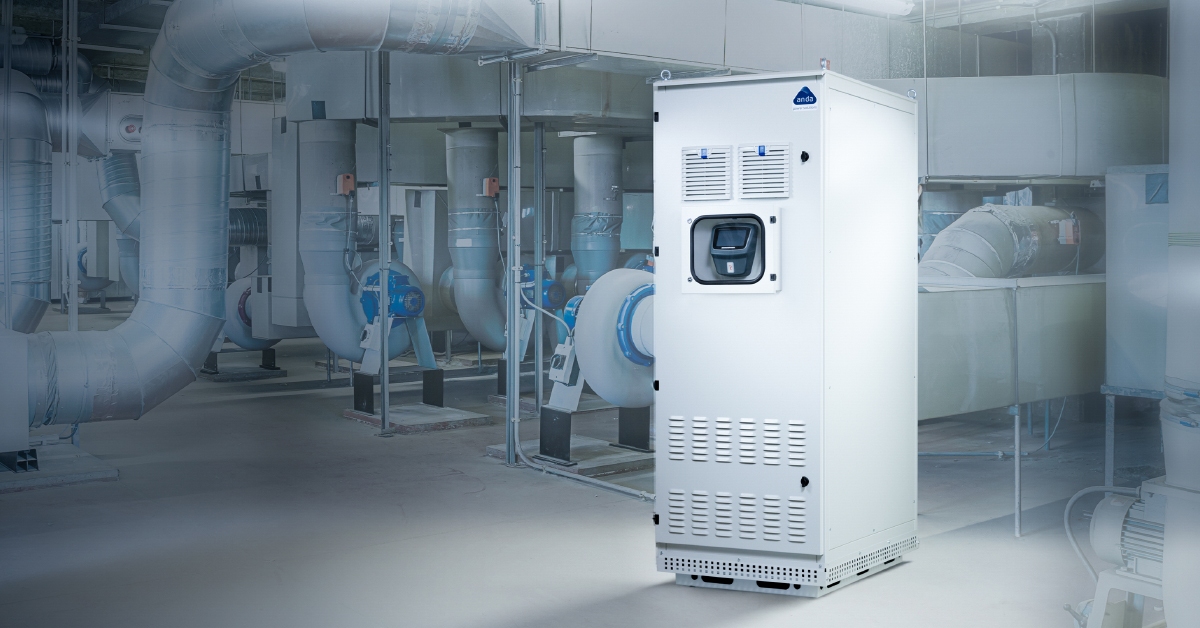Du er her: Forside -> English - > UPS for maritime environment: Here are the requirements

UPS for maritime environment: Here are the requirements
Publisert 26.06.2023
How to determine if a UPS is compatible with maritime systems and environments? These checkpoints will help you!
Navigation involves a range of complex and demanding challenges where reliable power supply is absolutely crucial.
A UPS (Uninterruptible Power Supply) is a critical component that ensures continuity and stability in power supply on board ships.
Here you can read more about what a UPS is and the characteristics of the three different types of UPS.
To ensure that UPS units are reliable, robust, and suitable for the harsh maritime conditions, they must undergo stringent certification and classification processes. These processes evaluate and confirm whether the UPS units meet the high standards required for maritime use, from withstanding seawater spray and temperature variations to ensuring safety and electromagnetic compatibility.
Here is a summary of the critical aspects of certification and classification of UPS for the maritime environment.
1. Classification society approval
UPS units must undergo an assessment by a recognized classification society such as DNV, ABS, or Lloyd's Register.
These companies assess whether the UPS meets the necessary technical requirements and safety standards.
Learn more: Anda-Olsen's UPS (Uninterruptible Power Supply) has received certification from the world's top certification organization
2. Environmental and temperature requirements for UPS
A UPS intended for use in the maritime environment must withstand vibrations, temperature variations, seawater, and other forms of moisture.
To determine how well a UPS can withstand such challenging conditions, a series of tests are conducted, resulting in an IP code consisting of two numbers. The first digit indicates the level of protection against solid objects, such as dust, while the second number indicates the level of protection against liquids.
The specific IP requirements for a UPS in a maritime environment may vary depending on where the UPS will be installed, but they generally rank high on the scale.
3. Electromagnetic compatibility (EMC)
In maritime environments, there are often multiple electronic systems operating simultaneously, including communication equipment, navigation systems, and power supply units.
Since this can potentially lead to electromagnetic interference, where signals from one system affect the performance of another, specific EMC requirements are set to ensure that the UPS functions as intended.
By complying with EMC requirements, UPS units in maritime environments not only maintain reliable performance but also protect the safety and integrity of other critical systems.
4. Safety and emergency procedures
The UPS must comply with international safety standards and emergency procedures to ensure safe use and handling.
Safety standards set requirements for how the UPS operates and is constructed. This includes specifications for electrical insulation, protection against overload, and construction requirements to withstand the mechanical and environmental stresses typical in maritime environments.
In the event of a failure or emergency situation, it is important for the UPS unit to have built-in features and procedures to handle such events in a safe and efficient manner.
This may include automatic shutdown in case of overload, notification of critical faults, and support for external monitoring.
Read more: Get continuous UPS monitoring directly on your mobile device
5. Fire safety
Fire safety is a critical aspect in maritime environments. As a result, UPS units are required to adhere to rigorous fire safety regulations.
This includes, among other things, the materials used in the construction of the UPS unit being flame-retardant and able to withstand high temperatures without emitting harmful gases.
In addition, UPS units must be equipped with protective mechanisms to prevent overheating and potential ignition, such as temperature monitoring and automatic shutdown.
Furthermore, it is important for UPS units to have a design that limits the spread of fire, such as by having components separated into fireproof compartments.
6. Documentation and certificates
The manufacturer of the UPS unit must be able to provide the necessary documentation, such as certificates, test reports, and technical specifications, confirming that the unit complies with the relevant standards and requirements.
Taken together, this documentation provides the necessary assurance that the UPS unit is suitable and safe for use in the demanding conditions often present in maritime environments.
Choose an experienced UPS supplier
It is important to note that the requirements and specifications for UPS certification and classification may vary depending on the specific usage and installation on board ships.
Therefore, it is crucial to collaborate with an experienced UPS supplier who has knowledge of and experience with maritime requirements.
Anda-Olsen is one of Norway's leading suppliers of UPS systems. For over half a century, we have developed our outstanding expertise in power supply for demanding environments.
Here are some of the maritime entities that have chosen Anda-Olsen as their UPS supplier:
- UPS for 17 VARD ships
- Safety for Havila's environmentally friendly passenger ships
- REM Energy: Battery monitoring via Kongsberg Digital's Vessel Insight
- The world's first autonomous ferry equipped with a tailored emergency system from Anda-Olsen